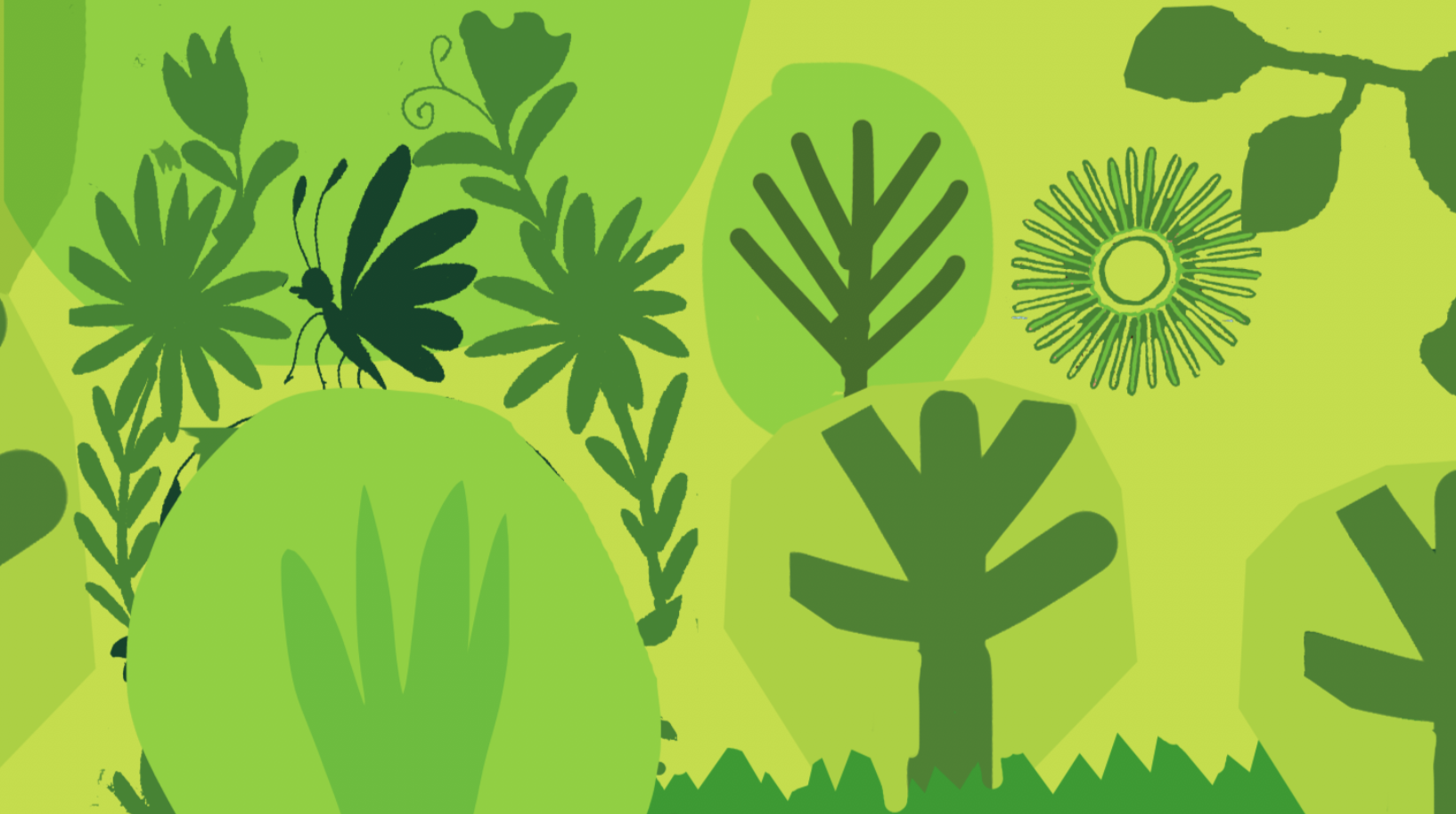
Posted by Mark
4 May 2020Researchers from the Colombia BioResilience project have been working with an artist/writer to develop an animation that communicates information about the physical and social science from the BioResilience project and about a short story written about forest conservation in Colombia. The animation will be presented at the Hay Festival on the 24th May 2020.
Across an elevation and vegetation gradient in Colombia, researchers from the BioResilience project have been sampling mud from the bottom of lakes to determine how forest vegetation and fire regimes have changed over time and when humans first began to modify the landscape. Ecologists from the project are studying the vegetation and soils to determine how environmental variation such as climate, soil fertility, and forest disturbance by fire and logging change the structure and composition of forests. Human geographers are working with rural inhabitants to understand how they interact with and make use of the forests around their homes. To develop the animation, the BioResilience team have been working with Chris Haughton, artist and writer, to give input on the animation story, text, and graphics.

Figure 1: Animation being developed for the Hay Festival, 2020 (image credit: Chris Haughton)
The short animation presents the main themes from the BioResilience project, “palaeoecology”, “forest ecology”, and “human geography” and will be presented at the Hay Festival on the 24th May 2020, which this year will be a virtual event due to COVID-19. In addition to showing the animation, the festival will include an interview with BioResilience researchers and a video reading of a short story developed in collaboration with BioResilience.

Figure 2: Bright colours and images combined with narrative and text communicate information about the biodiversity of Colombian forests through an animation being developed for the Hay Festival, 2020 (image credit: Chris Haughton)
The fictional short story, Espiral, was written by Juan Cárdenas, a Colombian writer and creative writing teacher, following several workshops with BioResilience researchers to generate ideas and give input to the story based on the research by the team. A video reading of the story was presented at the Hay Festival in Cartegena in Jan. 2020 as part of TRANS.MISSION II. The mixture of creative content from this work in the form of spoken, visual, and written material provides unique opportunities to communicate the science of the BioResilience project to a diverse global audience.
The animation can be viewed here: https://www.youtube.com/watch?v=lpt_ZjKzI8E
The research, animation, and story development were funded by the UK Natural Environment Research Council (NERC), with the animation and story also developed in collaboration with the Hay Festival.
Post written by: Dr Ted Feldpausch
Images: Chris Haughton